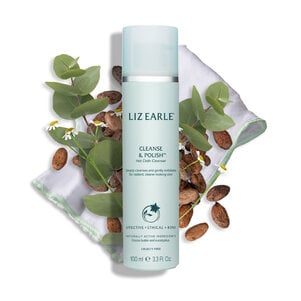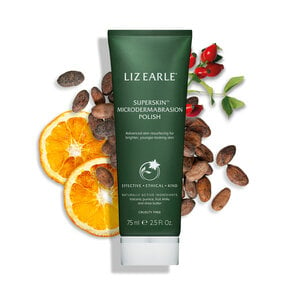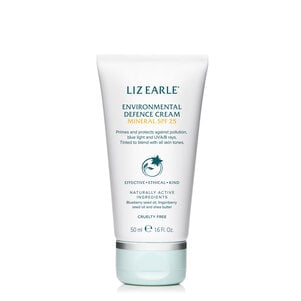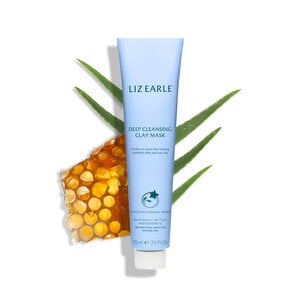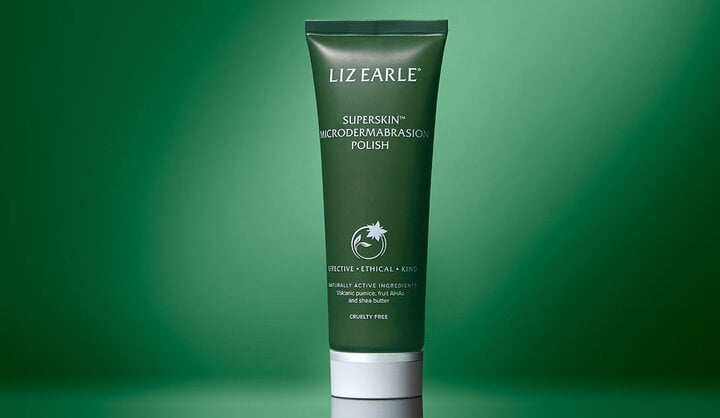
Guide to removing blackheads on your nose
August 2, 2024
3 min read
Blackheads are a common form of skin blemish that can appear on various parts of the body, such as the nose, face, neck, back and chest. Though they’re not harmful, they can affect the smoothness and appearance of your skin. Fortunately, with the right skincare routine, you can help manage and prevent blackheads, leaving your skin looking clearer and more radiant.
What causes blackheads on the nose?
Blackheads form when hair follicles get clogged with a mixture of sebum (oil produced by your skin) and dead skin cells. This blockage forms a bump called a comedo, which can either be open, appearing as a blackhead, or closed, forming a whitehead. When the oil in the clog is exposed to air, it oxidises and darkens, resulting in a blackhead.Several factors can contribute to the formation of blackheads on the nose:
Excess oil production: The nose is part of the oil-prone T-zone, which includes the forehead, nose and chin. This area tends to produce more sebum than other parts of the face. The excess oil can easily mix with dead skin cells and block pores, resulting in blackheads.
Hormonal changes: Fluctuating hormones during puberty, menstruation, pregnancy, or even stress can increase oil production, contributing to clogged pores.
Improper cleansing: If you don’t cleanse your face properly, dirt, oil and make up residue can build up in your pores, leading to the formation of blackheads.
Diet and lifestyle: A diet high in sugar, dairy, or processed foods may exacerbate oil production, contributing to clogged pores.
Effective methods for blackhead removal on the nose
Although these pesky blemishes can be stubborn, there are several safe and effective methods to help you remove them and keep your skin clear.Gentle cleansing:
The foundation to maintaining smooth-looking skin and minimising blackheads is proper cleansing. Use a gentle cleanser that is suited to your skin type – that is suited to your skin typeFormulated with our bio-fusion formula, our multi award-winning Cleanse & Polish. deeply cleanses to remove daily impurities and make up, including stubborn mascara. Enriched antioxidant-rich botanicals, this indulgent cream is scientifically proven to boost skin hydration after just one use. Paired with the gently exfoliating pure cotton cloth, it lifts away dulling dead skin cells for fast-acting, radiant results that last. It’s also suitable for all skin types, including sensitive skin, making it an ideal addition to your skincare ritual. If you want to explore our wide selection of cleansers, take a look at our article on choosing the right cleanser for your skin
Exfoliation:
Exfoliating your skin regularly helps remove the dead skin cells that contribute to clogged pores. There are two types of exfoliants to consider:- Physical exfoliants: These include brushes or scrubs with granules that manually slough off dead skin. Use these with caution, as aggressive scrubbing can irritate your skin.
- Chemical exfoliants: Products containing ingredients like salicylic acid (a beta hydroxy acid or BHA) or glycolic acid an alpha hydroxy acid or AHA work to dissolve the bonds between dead skin cells, making it easier for them to shed naturally.
Remember, AHAs increase your skin’s sensitivity to the sun. Be sure to use a sunscreen daily. Our Environmental Defence Cream Mineral SPF 25 , formulated with mineral filters and antioxidant rich plant extracts, helps to protect skin from the elements and prime it for the day ahead.
Clay masks:
Clay masks, especially those with bentonite or kaolin clay, are excellent for absorbing excess oil and drawing impurities out of the pores. Use a clay mask one to two times per week to help deep-clean your skin and minimise the appearance of blackheads. Our Deep Cleansing Mask, formulated with aloe vera, green clay and manuka honey, is perfect for oily or combination skin types. It effectively draws out impurities and helps to unclog pores for clearer-looking skin.Reduce with retinol:
Retinoids are vitamin A derivatives that help to promote cell turnover, preventing dead skin cells from clogging your pores. Prescription-strength retinoids or over-the-counter retinol products can be very effective in reducing the occurrence of blackheads and minimising pores. For a natural alternative to retinol, our Superskin Alt-Retinol Skin Paste leaves skin feeling smoother, while also refining the look of pores. This powerful blend works by mimicking retinol’s mechanism of action to smooth the appearance of deeper lines and wrinkles, while being gentle to the skin.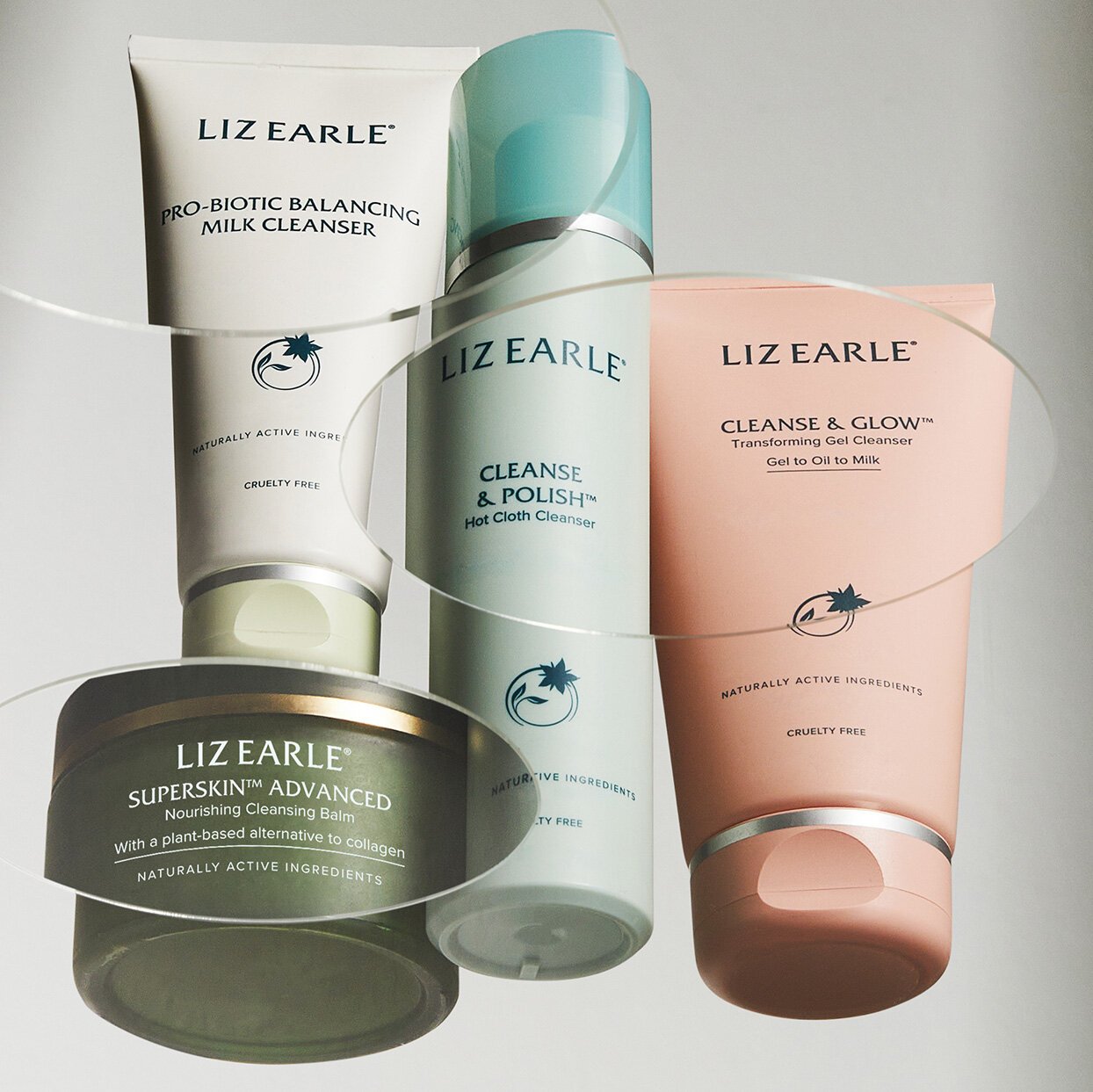
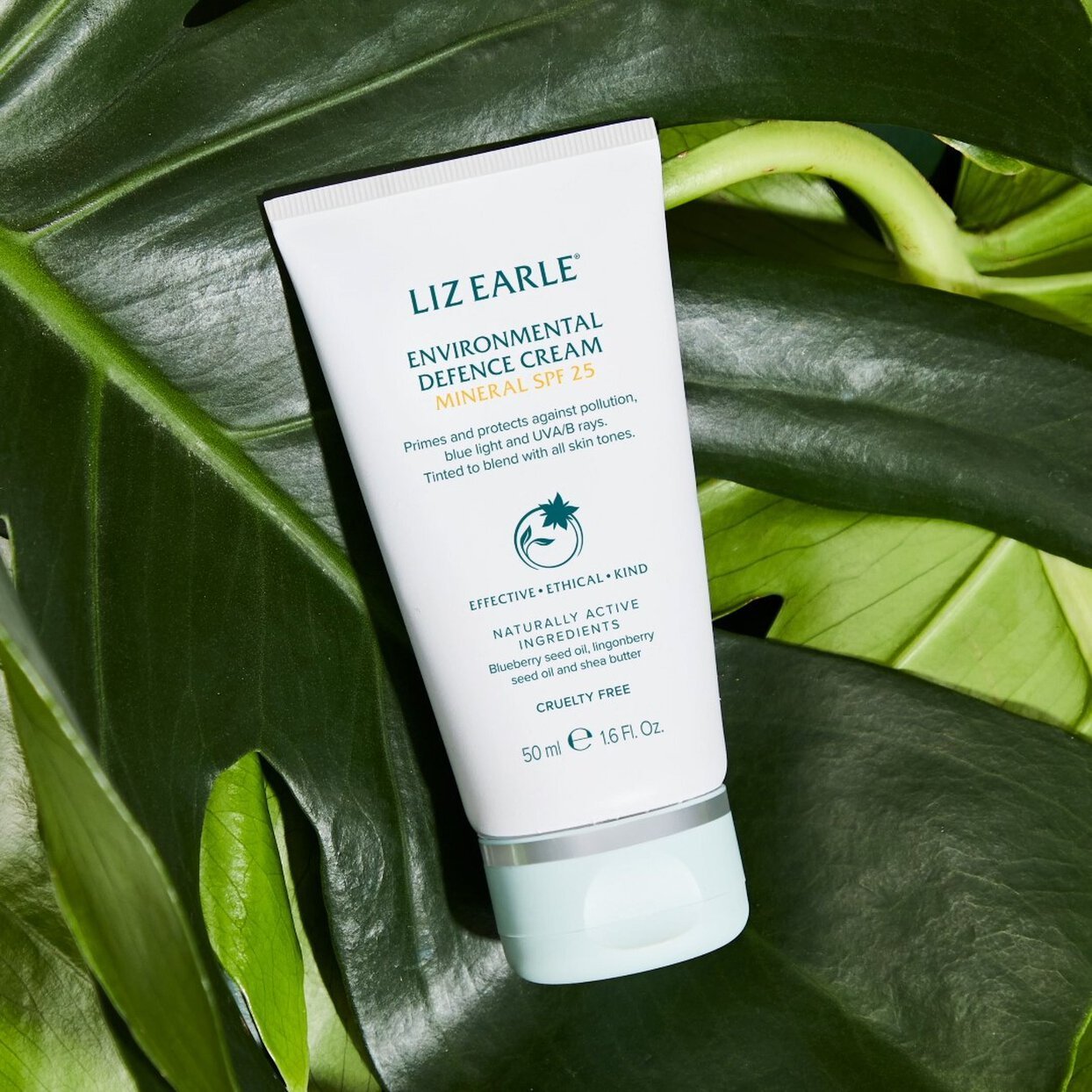
Mistakes to avoid when removing blackheads
Blackheads can be a nuisance, however it’s important to remove them safely to prevent damage to the skin.Squeezing or picking: While it may be tempting, squeezing or picking at blackheads can do more harm than good, leading to potential scarring.
Over-exfoliating: Exfoliation is beneficial, but excessive scrubbing can strip the skin of its natural oils, potentially increasing oil production as the skin compensates.
Using harsh products: Using products that are too harsh for your skin, such as those containing alcohol or other drying agents, can irritate your skin and make blackheads worse. Stick to products that are gentle on the skin and suited to your skin type.
Preventing blackheads from returning
After removing blackheads, keeping them at bay requires a consistent routine.Cleanse, cleanse, cleanse: Make it a habit to cleanse your face twice a day, morning and night. This helps remove oil, dirt and make up, keeping your skin looking fresh and clear.
Use non-comedogenic products: Opt for non-comedogenic skincare products, make up and sunscreens designed specifically formulated not to clog pores.
Avoid touching your face: Touching your face throughout the day can transfer dirt and oil from your hands to your skin. This not only spreads bacteria but can also contribute to breakouts and blackheads.
Conclusion
Consistency is key to managing and preventing blackheads. Incorporating a gentle, effective skincare routine, along with adopting healthy lifestyle habits will help you achieve and maintain a radiant, clear complexion.
